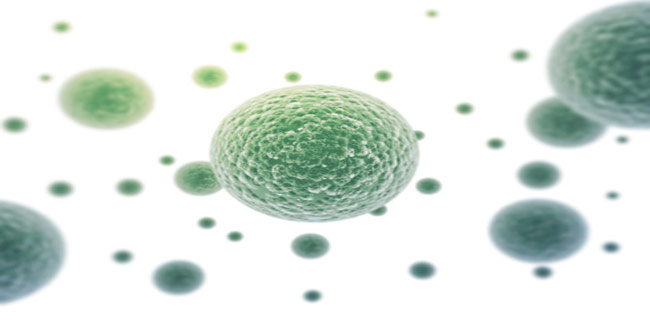
Langerhans cell histiocytosis is a disorder that affects children. In the disorder, there is an abnormal increase in certain immune cells called histiocyte cells. As a result on an abnormal increase in immune cells, tumours may form and affect several parts of the body in different ways. The exact cause of the disorder remains unknown, but it is believed to be a genetic. Langerhans cell histiocytosis is not contagious.

Symptoms
The symptoms of langerhans cell histiocytosis can involve one part of the body or several body parts at the same time. The symptoms are general rash, dandruff, bone pain, liver dysfunction, lost teeth, swollen gums, chronic infections of ear, vision problems, headache, dizziness, vomiting, excessive thirst, frequent urination, fatigue, irritability and swollen lymph glands.
Treatment
The choice of treatment for langerhans cell histiocytosis depends on the stage of your child's disease. The treatment approach also depends on how the cells look under a microscope, a child's general state of health and age.
Usually, langerhans cell histiocytosis is treated with steroids that suppress immune function. Besides steroids for langerhans cell histiocytosis, patients may need further treatment including chemotherapy drugs, small doses of radiation therapy or surgery.

Prognosis
Langerhans' cell histiocytosis is classified into two types – single-system langerhans' cell histiocytosis and multisystem langerhans' cell histiocytosis. Most of the patients with single-system langerhans' cell histiocytosis recover completely, while those with multisystem disease may not respond to chemotherapy and other treatment. The condition may be fatal in severe or resistant cases and they also have a higher-than-average risk of developing cancer later in life, including lymphoma and leukaemia.
How we keep this article up to date:
We work with experts and keep a close eye on the latest in health and wellness. Whenever there is a new research or helpful information, we update our articles with accurate and useful advice.
Current Version